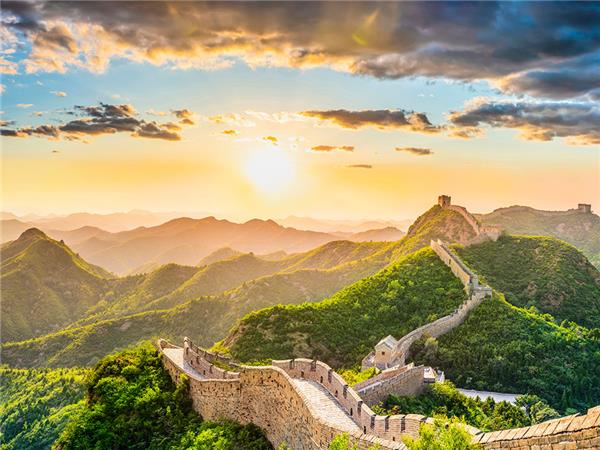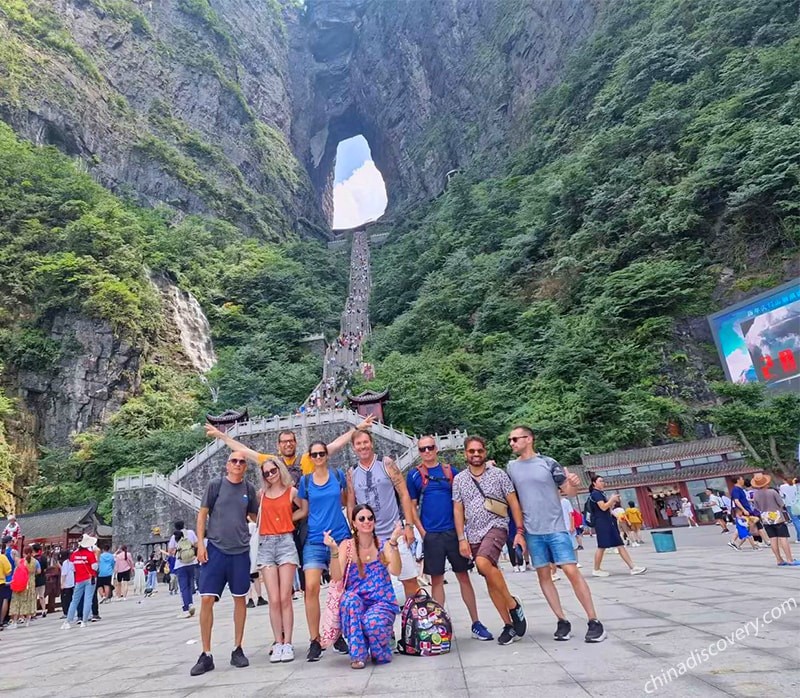20 Great Suggestions To Explore Diverse Chinese Dishes
20 Great Suggestions To Explore Diverse Chinese Dishes
Blog Article
Top 10 Tips To Explore Regional Cuisines In China
1. Tip: Know the eight Chinese culinary traditions. Sichuan cuisine, Cantonese cuisine, Fujian cuisine, Hunan cuisine, Anhui cuisine, and Zhejiang cuisine are all significant Chinese cuisines. Each has unique flavor, cooking methods and cuisines.
Pro: You can use it to plan your dining out trips based on what you like.
Con: It's a challenge to keep track of the particulars of each dish.
2. Take local cuisine into consideration
Try to try the signature regional dishes, such as Peking Ducks from Beijing or Shanghai, or Hot Pots in Chengdu.
Pro: It guarantees a true and culturally rich dining experience.
Cons: It may limit your opportunities to explore other cuisines when you are only in one region.
3. Think about regional flavors
Tip: Sichuan cuisine is spicy and numbing. Cantonese food is light and fresh while Jiangsu dishes are delicate and sweet. Select dishes according to your tolerance to spice and preference.
Pro can help you avoid eating dishes that may not be suitable for your taste.
Con: Certain flavors are difficult to master and might require a lot of experimentation.
4. Discover Street Food
You can find unique street food in every city, like Jianbing in Beijing (savory crepes) as well as Roujiamo in Xi'an (Chinese burgers). Try something new and local snacks.
Pros The benefits of street food are inexpensive, quick and tasty, and a great way to see local cultural diversity.
Pro: Hygiene can be an issue. Pick vendors that have the highest turnover.
5. Learn Basic Dining Etiquette
TIP: Learn about Chinese eating habits like sharing meals family-style and avoiding sticking chopsticks upright in rice.
Pro: Respects local traditions and enhances the experience of dining.
Cons: It can take time to learn and adapt to unfamiliar etiquette.
6. Get recommendations from locals
Locals will often have an idea of the best restaurants or eateries in particular areas. Get advice from them.
Pro: Helps you discover hidden gems and stay clear of tourist traps.
Con: Communication may be difficult due to the language barrier.
7. Be Open to Unfamiliar Inputs
If you're in search of an innovative recipe, consider making experiments with strange ingredients. Explore new food items.
Pros: Increases your knowledge of Chinese food culture.
Con: Certain dishes may not suit your preferences or the restrictions on your diet.
8. Be capable of accommodating dietary restrictions
Learn Mandarin phrases for preferences or allergies. "Wo Chi rou", (I don't like meat) is a great example.
Pro: A customized eating experience to meet your preferences.
Con: There may be limited choices for those who have dietary restrictions specific to their needs.
9. Mix regional and local drinks with food.
Explore local drinks such as Shaoxing tea, wine, and baijiu in the northern part of China.
Pro: It adds depth and complements the food.
Con: Strong flavors, such as baijiu, are not for everyone.
10. Avoid Overordering
Tip. Chinese dishes tend to be served family-style. Therefore, order conservatively. You can always add more food if you'd like.
Cons: Food waste is prevented and multiple dishes can be tasted.
Cons: There is a temptation to purchase too much food due to the wide variety.
Benefits of Experiencing Regional Cuisines in China
Diverse Flavors: Taste an incredible variety of tastes methods, ingredients, and techniques.
Cultural Insight : Gain a better understanding of regional identites and traditions.
Affordability - Many local dishes are affordable.
Memorable Experiences - Trying the most famous dishes from their nation of origin will give you lasting memories.
Cons of Exploring the regional Cuisines in China
Hygiene Issues. Some street foods or smaller restaurants may not conform to international standards of cleanliness.
Language Barriers. Menus or explanations in Mandarin may make it difficult to take orders.
Unfamiliar Ingredients: Certain flavor or textures may be challenging for some people.
Food restrictions: People who have severe food allergies or strict vegetarians might have a difficult time eating in certain regions.
Following these tips and being adventurous will allow you to taste the vast variety of local Chinese dishes, while facing any obstacles. See the top rated read more about this travel destination for website recommendations including eating in dunhuang, kashgar tour maps, eating in fuzhou, the song of everlasting sorrow the famous long narrative poem, ganden temple, some gifts from china, binhai aircraft copyright theme park in tianjin, ancient football in china cuju in ancient china, zhangjiajie tour maps, xiamen and more.
Top 10 Tips To Make Seasonal Visits To Temples That Are Renowned In China
1. You can visit during the off-season typically from November until January. This is when there are fewer visitors and the weather is cooler.
Pro: Less crowded, offering an unhurried and peaceful experience.
Cons: The temperature may be cooler, making the temple tour in outdoor locations uncomfortable.
2. Be prepared for extreme weather
Tip - Temperatures can change drastically in the different seasons. Winters can be brutally cold, but summers can be scorching. Be sure to check the weather forecast and prepare accordingly.
Pro Tip: Be prepared for all weather conditions, and take pleasure in your trip in comfort.
Con: Having to pack for seasonal extremes is inconvenient when you are traveling with a light.
3. Visits during Spring and summer for lively Flora
Tips: If you go to temples in the spring and summer You can take in beautiful gardens that are adorned with flowers in bloom and lush landscapes.
Beautiful scenery enhances the experience of visiting temple grounds.
Con: Summers in the US can be very hot and crowded. This is especially the case on national holidays.
4. Consider Festivals and Special Events
Tips: Plan your visit around traditional festivals like the Chinese New Year in January/February or the Mid-Autumn Festival in September. These special times allow you to take part in the rituals, celebrations and be a part of the lively traditions of the temple.
Pro Temples are full of tradition and lively activities. They offer a unique experience.
Con: Temples can be very crowded. Accommodation prices may also rise during festival seasons.
5. Beware of Peak Holiday Seasons
Avoid visiting during peak tourist season (e.g. Chinese New Year or Golden Week in October) When temples are crowded both with international and local tourists.
Pros: Peaceful and tranquil visits without crowds. Offers a spiritual experience.
Con: You might not be able to catch some of the special events if you are at the peak of the event.
6. Check Temple Closures During Winter
Check ahead of time. Certain temples, particularly in remote or northern areas, may only be open for a specific time or close entirely during winter. Always check before you go.
It helps you avoid unnecessary journeys, and lets you plan out other activities.
Con: A lot of temples are either shut or have hours reduced for renovations. This could lead to disappointment.
7. Early Morning Visits in the summertime
TIP: If you plan to visit in the summer months, make sure to start early in the morning to avoid the scorching midday heat. Many temples will begin opening at dawn. This is a tranquil moment with less people.
The cooler temperatures and lack of crowds makes for more peaceful vacation.
Cons: Early waking up is required, which might not be appropriate for all people.
8. Be prepared for rain in Summer.
The summer season can bring a lot of rains, particularly in the south of China. Take an umbrella along with rain gear to take with you during this period.
You can still appreciate the magnificence of the temple even in the event of rain.
Con: Rain could affect outdoor activities, or cause the temple grounds slippery.
9. Visit temples within the Mountainous Areas in Autumn
Tip: Autumn is an ideal season to go to temples in the mountainous regions (e.g., Mount Wutai or Mount Emei) as the temperature is mild, and the fall foliage creates amazing sceneries.
Pros Cons: The cooler temperatures are ideal to hike and explore nature.
Con: The most popular mountains temples are still popular with tourists, particularly on weekends and during holiday seasons.
10. You can use the lunar calendar for planning specific occasions
Tips Many temples, particularly in China adhere to the lunar calendar. That means some events and rituals are lunar in nature. Check out the calendar for important events, such as the Lantern Festival, Buddha's Birthday, or other temple ceremonies.
Pros Unique cultural experiences as well as a greater understanding of local religious practices.
Cons: It may require more planning and time to match your travel dates to the lunar calendar.
Benefits of a Seasonal Trip to Chinese Temples
Fewer Crowds: Off-season visits are a quiet and reflective experience.
Festivals: Cultural festivals provide an opportunity to gain knowledge about the local traditions that are both cultural and religious.
Scenic Beauty. Spring or Autumn can bring you stunning landscapes. The beautiful gardens around temples can also be a good alternative.
Exploring Tempel is more enjoyable during the winter and autumn months.
Cons of Going to Chinese Temples during the season
Unpredictable weather: Winter can be extremely cold and summer can be too hot. This can affect your satisfaction.
Temple Closures Some temples may close or have restricted times of operation during the harsh weather or off-season.
Crowded at Festivals : Popular festivals can draw large amounts of people, making it difficult for you to fully appreciate the temple’s peaceful environment.
Limited Events: If you're visiting outside the season, some special events during the season may not be held.
You can make your trip to the temples of China more meaningful and enjoyable by choosing the best season and making plans ahead. Understanding the seasonal changes is essential to making the most out of your trip. Read the best plan your trip to this location for site advice including taishan, chaka salt lake, guanlin temple, zhangjiajie tour maps, eating in guilin, zechawa valley tour route, eating in taiyuan, anren ancient town, shanghai portman acrobatic show one of the best acrobatic shows in shanghai, shaoxing wine the best yellow wine in china and more.